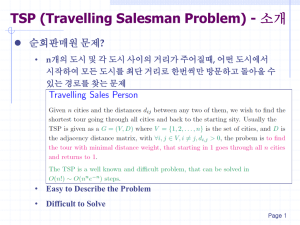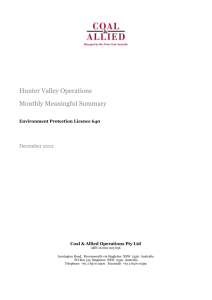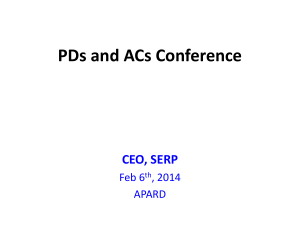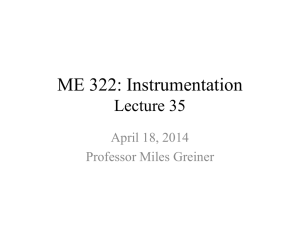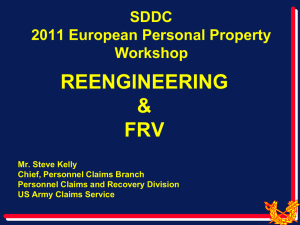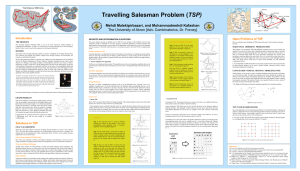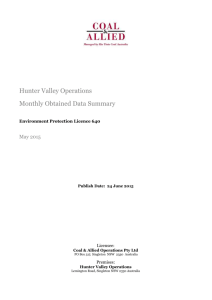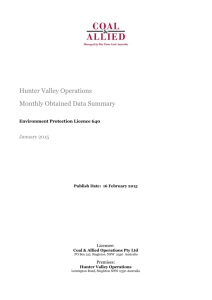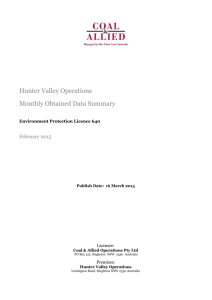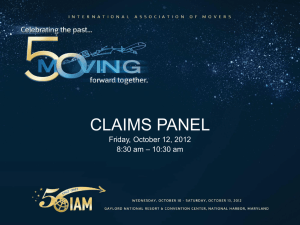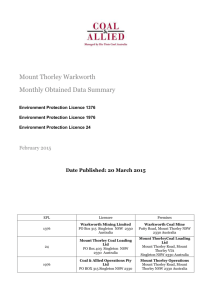perform first aid cold injuries for
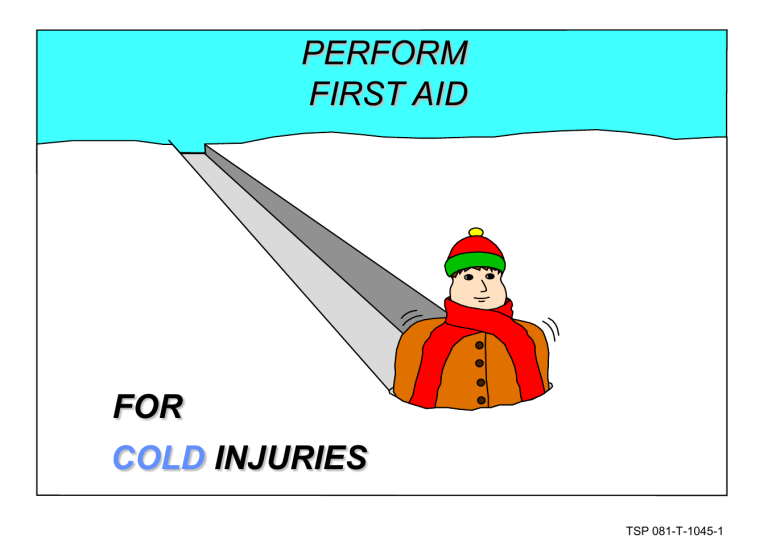
PERFORM
FIRST AID
FOR
COLD
INJURIES
TSP 081-T-1045-1
SIGNS AND SYMPTOMS
CHILBLAIN
• Prolonged exposure of bare skin 60 °F to
32 °F, or 20°F (acclimated, dry skin).
• Swollen, red, tender, and hot with itchy skin.
• May lead to infected, ulcerated, or bleeding lesions.
TSP 081-T-1045-2
SIGNS AND SYMPTOMS
FROSTBITE
• Exposure to cold 32ºF or below.
• Loss of sensation or numb feeling.
• Whitening of skin; momentary tingling.
• Red or gray color.
• Blisters.
• Swelling or tender areas.
• Loss of pain in affected area.
* Pale, yellowish, waxy-looking skin.
* Frozen tissue feels solid or wooden.
TSP 081-T-1045-3
SIGNS AND SYMPTOMS
IMMERSION /TRENCH FOOT
Fairly long exposure to cold 50ºF to 32ºF.
First Stage
•
Affected area feels cold & painless.
• Pulse is weak.
• Numbness.
Second Stage
•
Limbs feel hot & burning.
• Shooting pains.
Later Stage
•
Area pale with bluish cast.
• Pulse decreased.
• Other – from blisters, swelling to gangrene.
TSP 081-T-1045-4
SIGNS AND SYMPTOMS
SNOW BLINDNESS
•
• Sensation of grit in the eyes.
• Watery eyes.
• Redness (eyes).
• Headache.
Increased pain with exposure to light.
TSP 081-T-1045-5
SIGNS AND SYMPTOMS
EARLY HYPOTHERMIA
• Shivering.
• Faint pulse.
• Drowsiness & mental slowness
• Stiffness and lack of coordination.
• Slurred speech.
TSP 081-T-1045-6
SIGNS AND SYMPTOMS
MODERATE HYPOTHERMIA
• Glassy eyes.
• Slow and shallow breathing.
• Very weak, or absent, pulse.
• Increasing s tiffness and lack of coordination.
• Unconsciousness.
TSP 081-T-1045-7
SIGNS AND SYMPTOMS
SEVERE HYPOTHERMIA
•
•
•
Frozen extremities.
Irregular heart action.
Sudden death.
Hypothermia--
• Is a medical emergency.
• Evacuate to medical treatment immediately.
TSP 081-T-1045-8
SIGNS AND SYMPTOMS
COLD WEATHER DEHYDRATION
• Mouth, tongue, throat are parched and dry.
• Swallowing is difficult.
• Nausea.
• Extreme dizziness and fainting.
• Tired and weak feeling.
• Muscle cramps.
• Focusing of eyes may be difficult.
TSP 081-T-1045-9
FIRST AID TREATMENT
CHILBLAIN
1. Rewarm the injured body part.
2. Do NOT rub or massage.
3. Evaluate by medical personnel.
TSP 081-T-1045-10
FIRST AID TREATMENT
FROSTBITE
WARNING :
Do not attempt to thaw the casualty’s feet or other seriously frozen areas if the casualty will need to travel for medical treatment and there is a chance of the injury refreezing.
TSP 081-T-1045-11
FIRST AID TREATMENT
FROSTBITE
1. Warm the affected area.
2. Keep the casualty warm.
3. Seek medical aid as soon as possible.
4. Cover injury with a blanket.
5. Loosen or remove tight clothing.
6. Exercise, avoid trauma, thawing pain.
7. Protect from additional injury.
TSP 081-T-1045-12
FIRST AID TREATMENT
IMMERSION/TRENCH FOOT
1. Gradually rewarm.
2. Protect from trauma.
3. Use dry clothing or layers of coverings.
4. Elevate affected part.
5. Protect from further injury.
6. Seek medical treatment (evacuate).
TSP 081-T-1045-13
FIRST AID TREATMENT
SNOW BLINDNESS
1. Cover/protect eyes.
2. Seek medical treatment (evacuate).
TSP 081-T-1045-14
FIRST AID TREATMENT
HYPOTHERMIA
This is a MEDICAL EMERGENCY !
Prompt medical treatment is necessary
.
TSP 081-T-1045-15
FIRST AID TREATMENT
EARLY/MODERATE HYPOTHERMIA
1. Provide heat.
2. Call or send for help.
3. Remove wet clothing.
4. Place in dry clothing/sleeping bag.
5. Move to warm place.
6. Evaluate other injuries.
7. Evacuate to medical treatment
facility
.
TSP 081-T-1045-16
FIRST AID TREATMENT
SEVERE HYPOTHERMIA
1. Start rescue breathing if breathing has stopped.
2. Give warm liquids if conscious.
3. Evacuate the casualty.
TSP 081-T-1045-17
FIRST AID TREATMENT
DEHYDRATION
1. Keep warm.
2. Loosen clothes.
3. Provide shelter.
4. Give fluids.
5. Seek medical assistance.
TSP 081-T-1045-18
TSP 081-T-1045-19
TSP 081-T-1045-20
TSP 081-T-1045-21
TSP 081-T-1045-22


